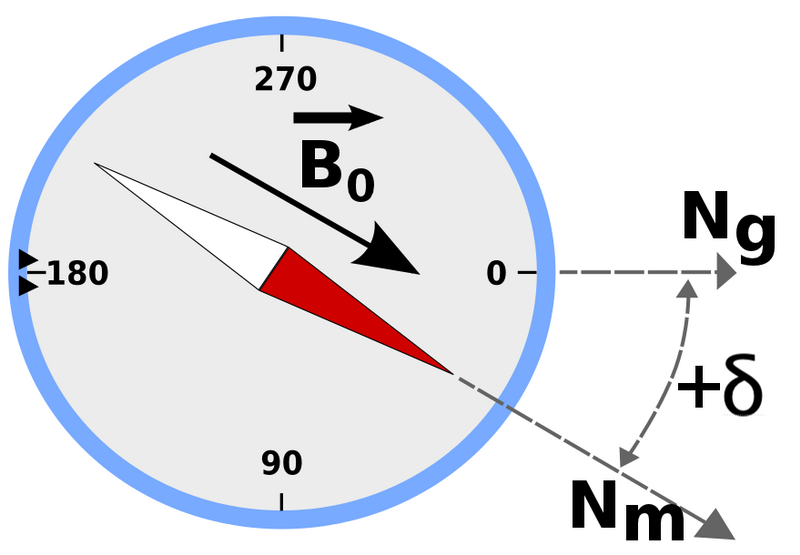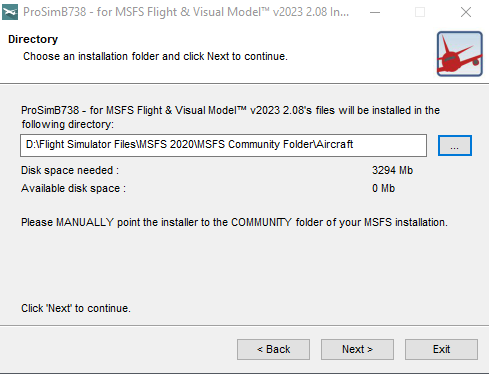Throttle Quadrant Rebuild - Evolution Has Led to Major Alterations
/oem 737-500 thrust levers
Two major changes to the simulator have occurred. The first concerns the throttle quadrant and the second is the replacement of the trial Interface Master Module with a more permanent modular solution. The changes will be documented in the near future after final testing is complete.
The throttle quadrant has been completely rebuilt from the ground up. Although the outside may appear identical to the earlier quadrant, the rebuild has replaced nearly everything inside the quadrant and the end product is far more reliable than its predecessor.
The throttle unit, in its previous revision, worked well, but there were several matters which needed attention. The automation and functionality was adequate, but could be improved upon. There were also 'niggling' issues with how the clutch assembly operated - it was somewhat loose which caused several flow-on problems.
Initially, some minor improvements were to be made; however, one thing lead to another and as 'fate would have it' the throttle unit has been rebuilt from the bottom up.
Improvements
The improvements have primarily been to the automation, the autothrottle and the speedbrake system. However, during the rebuild other functionality have been improved: the synchronised tracking movement of the thrust levers is now more consistent and reliable, and an updated system to operate the parking brake has also been devised. This system replicates the system used in the real aircraft in which the toe brakes must be depressed before the parking lever can set or disengaged.
Furthermore, the potentiometers controlling the movement of the flaps and thrust levers have been replaced with string potentiometers which increases the throw of the potentiometer and improves accuracy. The calibration of the flaps and speedbrake is now done within the system, removing the need for 'tricky' calibration in FSUIPC.
In the previous throttle version there was an issue with the speedbrake not reliably engaging on landing. This in part was caused by a motor that was not powerful enough to push the lever to the UP position with consistent reliability. This motor has been replaced with a motor more suitable to the power requirement needed. The speedbrake is mechanical, mimics the real counterpart in functionality, nd does not require software to operate.
This throttle conversion has maintained the advanced servo card and motor that was used to control the movement of the stab trim tabs (trim indicators); however, the motor that provides the power to rotate the trim wheels has been replaced with a more reliable motor with greater power and torque. The replacement motor, in conjunction with three speed controller interface cards, have enabled the trim wheels to be rotated at four independent speeds. This replicates the four speeds that the wheels rotate in the real 737 -800 aircraft.
Finally, the automotive fan-belt system/clutch system which was a chapter from the 'Dark Ages' has been replaced with two mechanical clutch assemblies that has been professionally designed to operate within the throttle unit - this will completely remove any of the 'niggles' with the previous clutch assembly becoming loose and the fan belt slipping. Each thrust lever has a dedicated poly-clutch and separate high powered motor.
A brief list of improvements and changes is listed below:
Next Generation skirt replaced with more accurate skirt (prototype);
Reproduction TO/GA buttons replaced with OEM square TO/GA buttons;
Fan belt driven clutch system replaced with slipper clutch system;
motors replaced that control lever movement and trim wheels;
95% of wiring re-done to incorporate new interface modules;
Replacement interface alert system;
Flap potentiometers replaced by string potentiometers;
Speedbrake potentiometer replaced by linear potentiometer;
Thrust levers potentiometers replaced by dual string potentiometers;
Internal mechanism altered to stop noise of chain hitting throttle frame;
Thrust lever tracking movement accuracy improved;
Thrust reversers now have proportional thrust for each lever 1 and 2; and
The parking brake mechanism replaced with a more accurate system that reflects that used in the real aircraft
The conversion of the throttle quadrant has been a learning process, and the changes that have been done improve the unit's functionality and longevity - not too mention accuracy, far beyond what it was previously.
Dedicated Interface Modules
The throttle previously interfaced with the Interface Master Module (IMM). The IMM was developed as a trial module to evaluate the modular concept.
The throttle quadrant will now directly interface with two dedicated modules called the Throttle Interface Module (TIM) and Throttle Communication Module (TCM). Both of these modules contain only the interface cards, relays and other components required to operate the throttle and automation. Additionally, the system incorporates a revised Interface Alert System which evolved from the original concept used in the IMM.
To read more concerning the various interface modules, a new website section has been produced named Interface Modules. This section is found in the main menu tabs at the top of each page.
Flight Testing (March 2015)
The throttle and replacement interface modules are currently being evaluated and minor issues rectified.
Once testing is complete, the alterations undertaken during the rebuild process will be documented in separate posts and, to facilitate ease of searching, links will be added to the flight controls/throttle quadrant section.
It should be noted that the work done to rebuild the throttle was done with the help a friend, who has a through knowledge of electronics and robotics.
This article is one of several that discusses the conversion of the OEM Throttle Quadrant.

























































